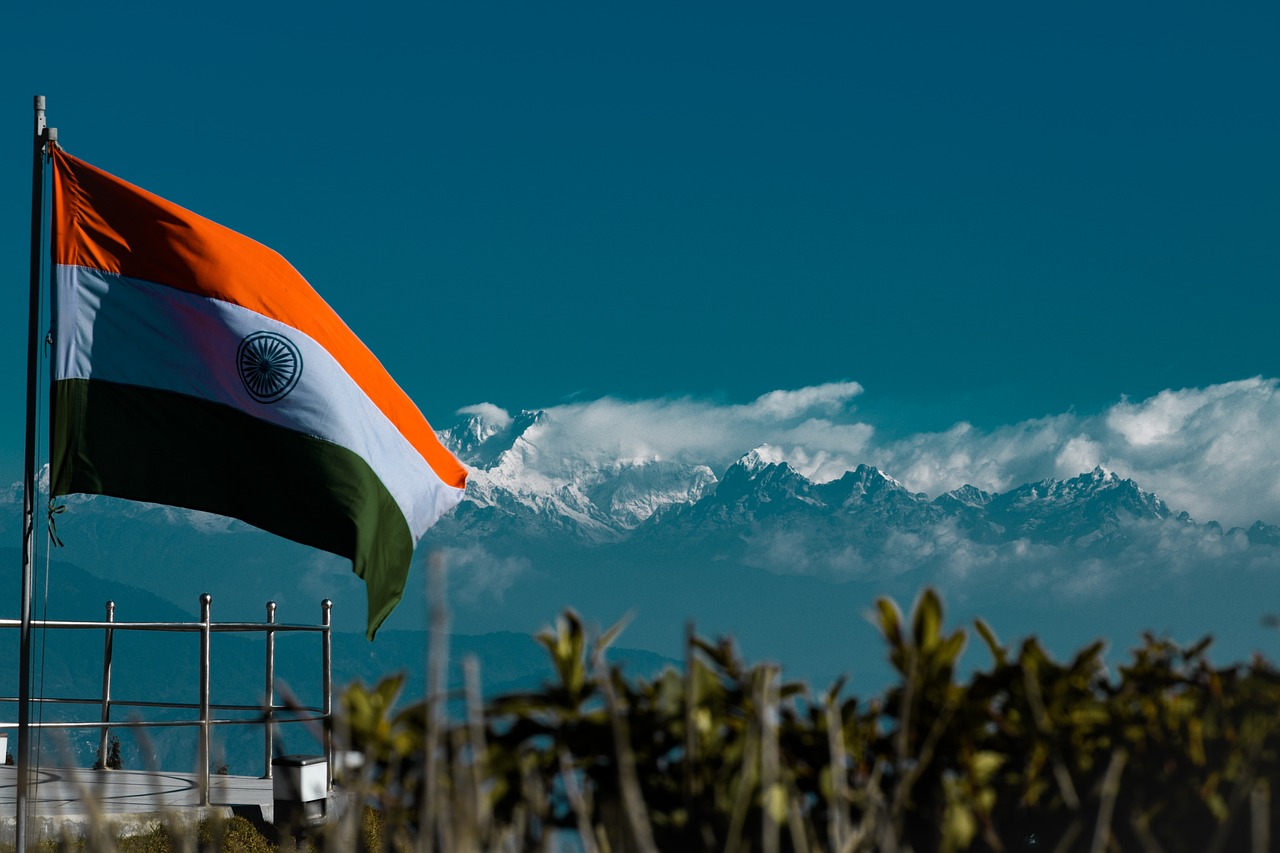
Vocabulary:
- completion /kuhm-PLEE-shuhn/
- infrastructure /IN-fruh-struhk-cher /
- initiative /ih-NISH-uh-tiv/
- intense /in-TENS/
- margin /MAHR-jin/
[noun] – the act of finishing something that you are doing or making
The completion of the project marked a significant milestone in their journey towards success.
[noun] – the basic systems and services, such as transport and power supplies, that a country or organization uses in order to work effectively
The government is investing in improving the infrastructure of the city by constructing new roads and bridges.
[noun] – a new plan or process to achieve something or solve a problem
The company launched a recycling initiative to encourage employees to reduce waste and protect the environment.
[adjective] – extreme and forceful or (of a feeling) very strong
After running for a long time, the athlete felt exhausted due to the intense heat during the marathon.
[noun] – the amount by which one thing is different from another
The store reduced the prices of their products to attract more customers, even if it meant sacrificing their profit margin.
Article reading:
Indian travelers are exploring a wider range of countries, according to Agoda. While Thailand, Malaysia, and Indonesia were popular in 2019, more Indians are now visiting Europe, including France and Switzerland. Southeast Asia remains a top choice, with growing numbers of Indian tourists in Vietnam, Singapore, Indonesia, and Malaysia. However, fewer Indians are traveling to Japan, Korea, and Taiwan, possibly due to distance and limited awareness.
Discussion Questions:
- Have you ever traveled abroad? If so, which countries have you visited, and what was your experience like? If not, what countries would you like to visit in the future?
- Did you have a chance to interact with the local community or make new friends while traveling? How did it enhance your travel experience? If you didn’t have the opportunity, is there anything you would like to do differently in the future to connect with locals?
- Did the article change your perception of India as a potential travel destination?
- What are your thoughts on the growth of India’s tourism industry and its potential impact on the global stage?
- How important do you think infrastructure development, such as airports and terminals, is for the growth of a country’s tourism sector?
Summarization
Describe:
- enhancing
- upcoming
- travel hub
- aviation industry
- infrastructure development
Listening: